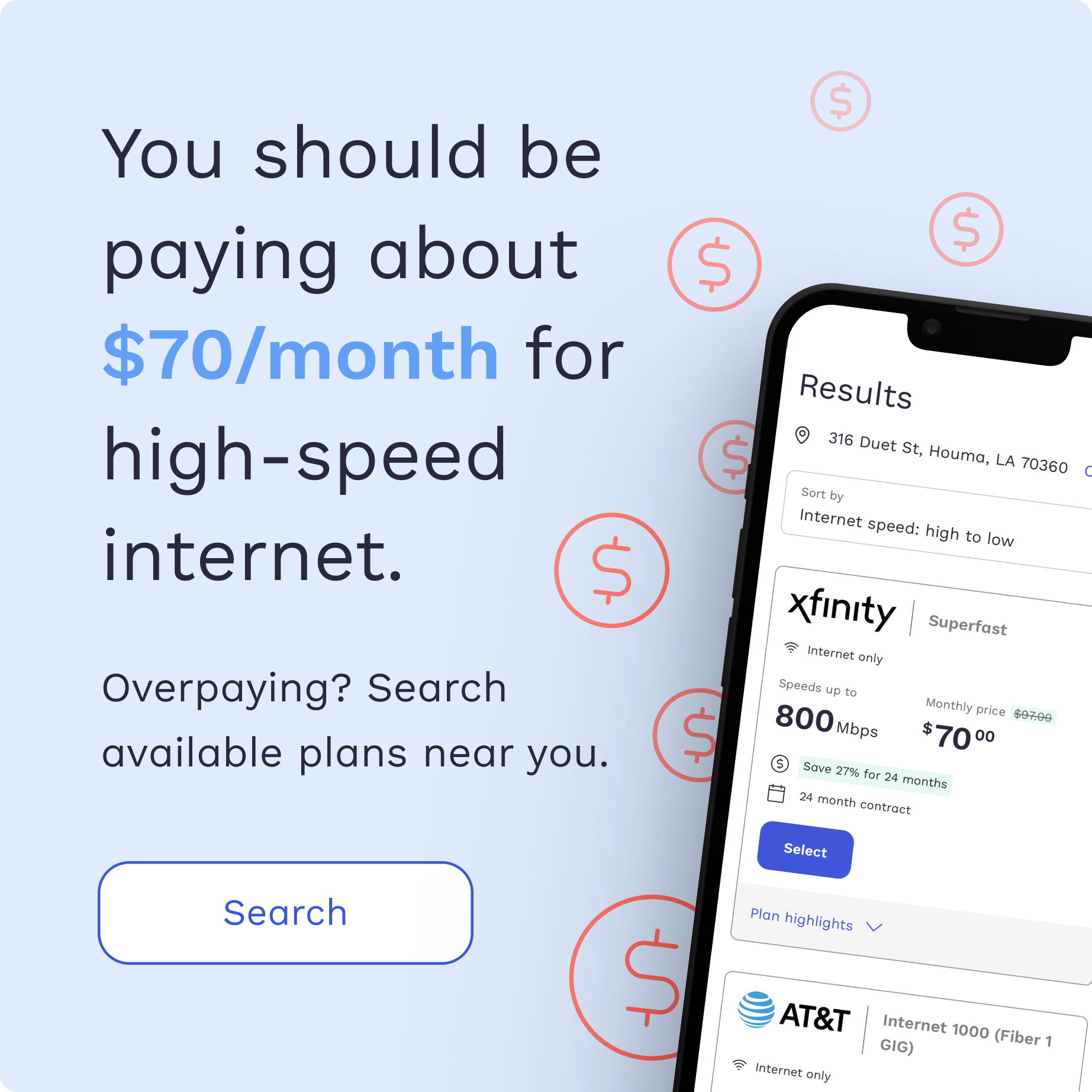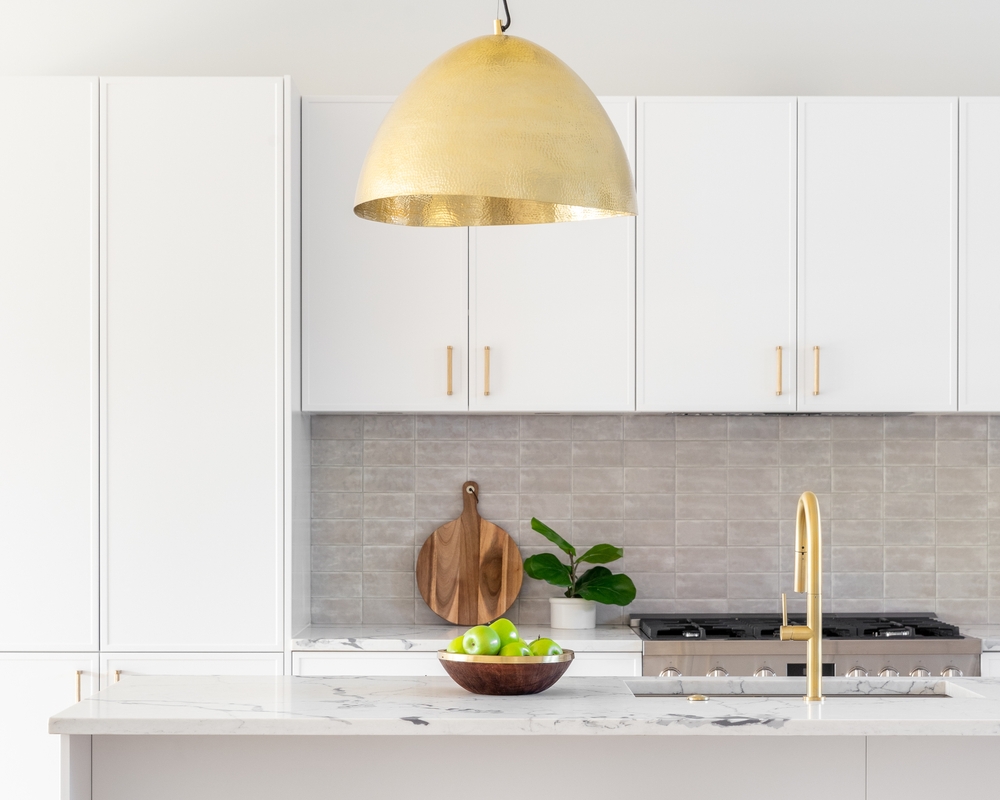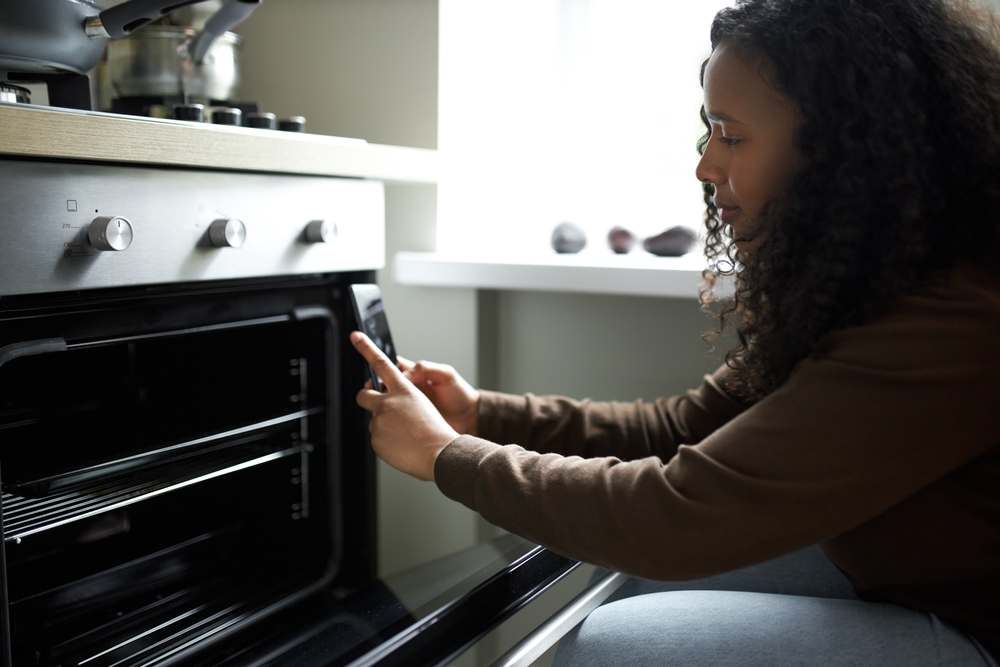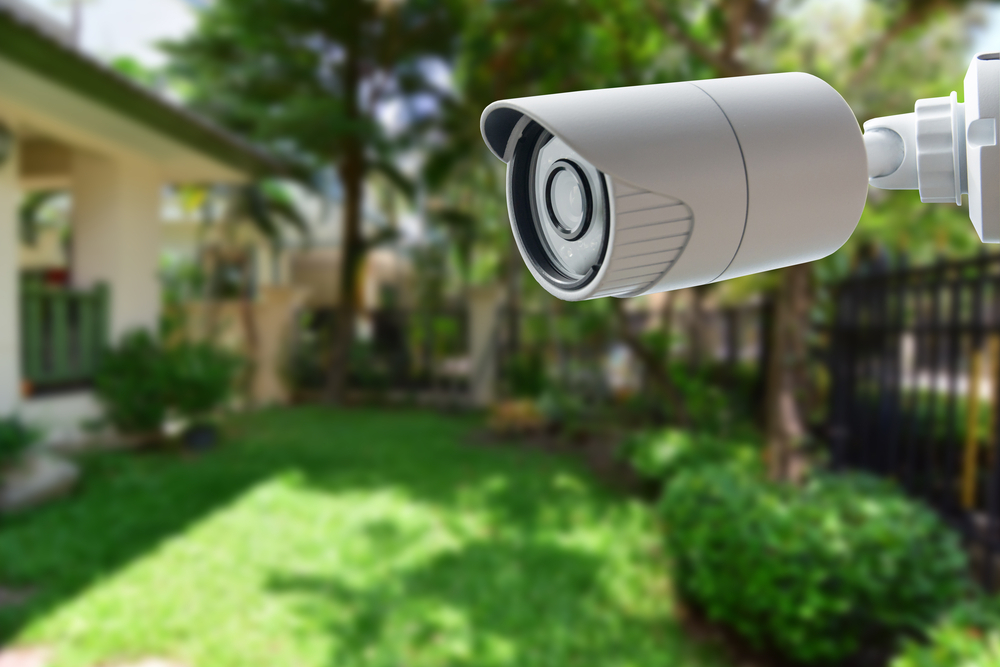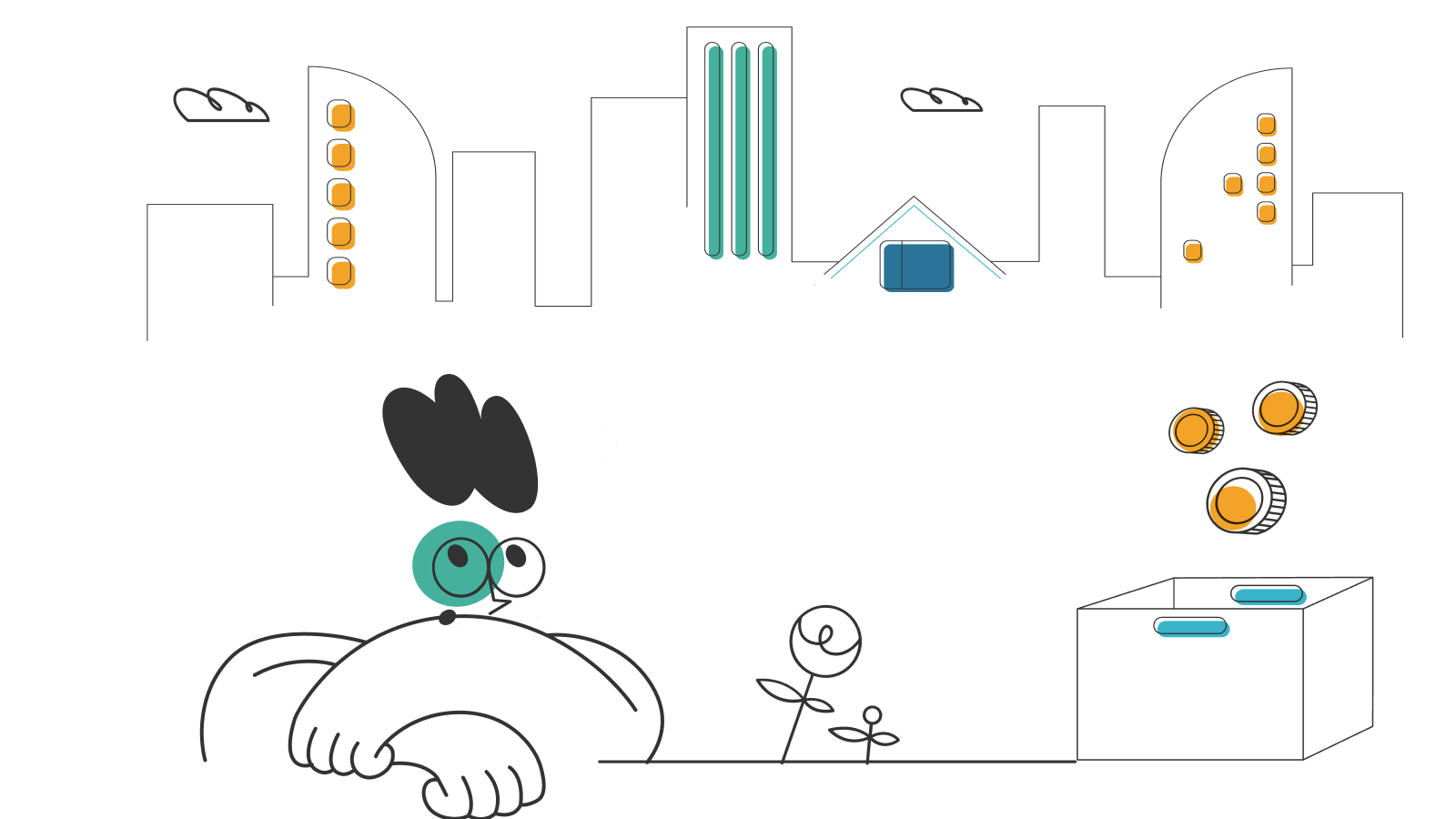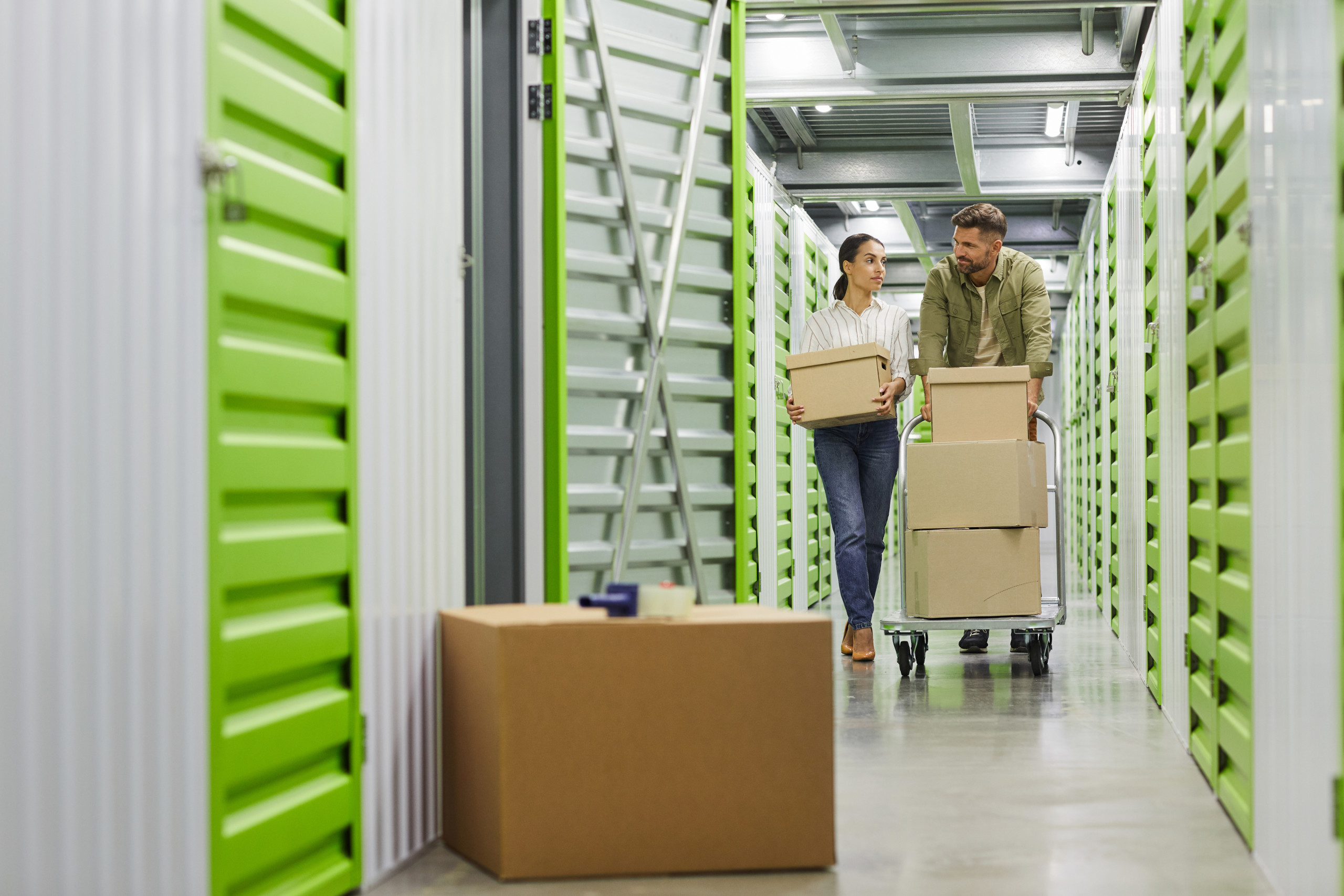What’s the Best Internet Speed? Plus Other Network Questions

Moving soon? Get organized with our free moving checklist.
What’s the best internet speed for your household?
Can you get away with lower internet speeds?
Do you really need a fiber connection?
If you’ve got multiple people in your home using multiple devices, these questions are probably on your mind. Here’s what you need to know about internet speed to make the best choice for your household.
Speed vs. Bandwidth
Internet providers often throw around terms like “speed” and “bandwidth” seemingly interchangeably. But there are some important differences.
The speeds you see advertised by service providers aren’t always the internet speeds you’ll actually experience as a consumer. Those figures sometimes refer to bandwidth, or the maximum capacity of data that can be delivered down the wires to your home every second.
Confused? That’s OK!
Imagine the broadband network as a pipe carrying data. Bandwidth refers to the size of the pipe, which greatly impacts the amount of data it can carry at any given time. Speed, on the other hand, is the actual amount of data flowing through the pipe. And that flow can be affected by any number of things, including your modem, router, or WiFi signal speed, How-To Geek says. The number of devices trying to access the router in your home or neighborhood can also affect your internet speed.
Do you only have a laptop and a phone? If so, you can probably get away with just DSL. But if your household consists of several people, each with computers, consoles, phones, and various other internet-connected devices, you’ll definitely need faster broadband.
DSL, Cable, Fiber: What’s the Difference?
When you’re choosing your internet package, you’ll likely see a few different internet types offered. The slowest form of broadband is DSL, which stands for Digital Subscriber Line. This is a term for internet connections that piggyback on the regular landline telephone network. DSL speeds cap out at around 35 megabits per second (Mbps).
In comparison, cable internet can reach speeds of 500 Mbps — a huge step up from your DSL internet of old. Cable is a widely available option that uses the same wires as your TV signal to power up.
If you think cable’s fast, wait until you hear about fiber internet’s speed. Data can travel through fiber optic cables much more quickly than through copper cable wires, and because of that, fiber internet can provide speeds of up to around 1 gigabit per second, or 1,000 Mbps! This speedy service isn’t available everywhere, though. Currently, it only covers around 30% of the U.S. households.
Feel the Need for Internet Speed
So, which type of internet is right for you and your household? And how can you determine your speed needs?
First, think about how many devices you and your family use at one time. Do you only have a laptop and a phone? If so, you can probably get away with DSL. But if your household consists of several people, each with computers, consoles, phones, and various other internet-connected devices, you’ll definitely need faster broadband.
Second, what do you use your broadband for? If it’s just for browsing the internet and streaming TV shows in standard definition, then lower internet speeds will probably work just fine. But if you work from home, want to stream movies in 4K, download huge video games and other large files, host family or friends video conference calls, or play games online, then DSL will just slow you down.
Netflix recommends allotting 5 Mbps for high-definition streaming, for example. If you’re in the den working from home while your partner watches a movie on the TV in the living room and the kids stream their favorite cartoons in their playroom, that’s 15+ Mbps right there. When you add the data used to keep your phones, tablets, and computers running smoothly, you’ll be running out of bandwidth quickly. If this bustling household sounds like yours, it’s probably best to opt for cable or fiber internet.
Consider these general guidelines for an idea of where your household might stand:
- 10-15 Mbps: Good internet speed range for small households with basic internet needs, such as emailing, web browsing and some music or video streaming.
- 35-40 Mbps: Better internet speed range for multi-user households that will be downloading and streaming. Also, typically sufficient for light work from home.
- 75+ Mbps: Best internet speed range for heavy use of downloading, streaming, online gaming and other connected devices. Best for home offices that download large files and/or conduct video calls.
You don’t need to understand the ins and outs of the internet to get the best speeds for your needs. Simply take stock of what devices you have connected around the house and choose the type of internet that will give you the most power.
Moving soon? Get organized with our free moving checklist.
Internet and TV tips
Switching providers and don’t know where to start? We can help.
